Traditional Tibetan-Bhutanese Architecture
Pema Namdol’s original hand-drawn Zangdok Palri design (circa 2006) has become the benchmark for several Zangdok Palri Temples currently being built throughout the world.
Vajrayana temples are traditionally created by enlightenened masters as vessels for worship and offering. A temple’s design typically includes an outer perimeter where worshipers can circumambulate while praying and reciting mantras, and where ceremonial rites, such as fire ceremonies and traditional vajra dances, can be performed.
Traditional butter lamp offerings
The temple’s interior always tell a story: paintings, wall murals, ceiling murals, and a vast array of sculptures portray the various icons and lineage figures passed down from generations through the centuries according to the tradition of each temple’s particular lineage. Special shelves are created to house precious texts, such as the cannon of Buddha’s teachings along with a wealth of meditation texts and commentaries on enlightenment teachings. Relic tombs (stupas) are also constructed in the interior and exterior of temples, housing the most precious relics of the enlightened ones.
THE UNIQUE FEATURE OF A MANDALA TEMPLE
Traditional temples serve as exalted vessels for the practices, ceremonies, and teachings of the temple’s particular wisdom lineage. A mandala temple is similar to a traditional temple in regards to its function, but there is a difference in its physical appearance in that the entire design of the mandala temple is a direct expression of the wisdom deity itself.
As the artist himself describes:
“Entering a mandala temple is akin to entering the womb of a deity. However, it is not like entering the house of a deity and finding the deity inside. Rather, the house itself, its entire structure - with every rafter, beam, and column - is a direct depiction of the deity’s divine cosmic body. This is the power and blessing of a mandala temple’s celestial design.”
Architecture of Enlightenment®
Mandala blueprint
Padma Studios® unique mandala temple designs are inspired by the sublime pure lands (enlightened realms) of enlightened beings (deities). These enlightened realms are believed to be vibrant, omnipresent abodes in which deities and their retinue reside, such as Zangdok Pelri, Guru Padmasambhava’s pure realm mandala, and Kechara, Vajrayogini’s pure realm mandala. In order to recreate these ineffable pure lands in our physical world, mandala temple designs created by master mandala architect Pema Namdol Thaye utilize his formal training as a Vajra artist, and tigse — traditional celestial line measurements found in Vajrayana Buddhist texts — as well as descriptive accounts from esoteric visions of great enlightened masters throughout the ages.
ZHITRO MANDALA TEMPLE FOR UNIVERSAL PEACE
In 2010 Pema Namdol created a full scale model, accompanying blueprints, and a 3-D rendering for the Zhitro Mandala of Universal Peace. This temple is currently being built in Sikkim, India, under the auspices of H.E. Rigzin Dorjee Rinpoche.
ZANGDOK PELRI MANDALA TEMPLE
Pema Namdol is honored to be have been requested by His Holiness Dudjom Rinpoche Sangye Pema Shepa to design and direct the building of a new monumental Zangdok Pelri Mandala Temple in the sacred land of Yangleshö, Nepal, where Guru Padmasambhava himself accomplished spiritual practices for the benefit of all beings.
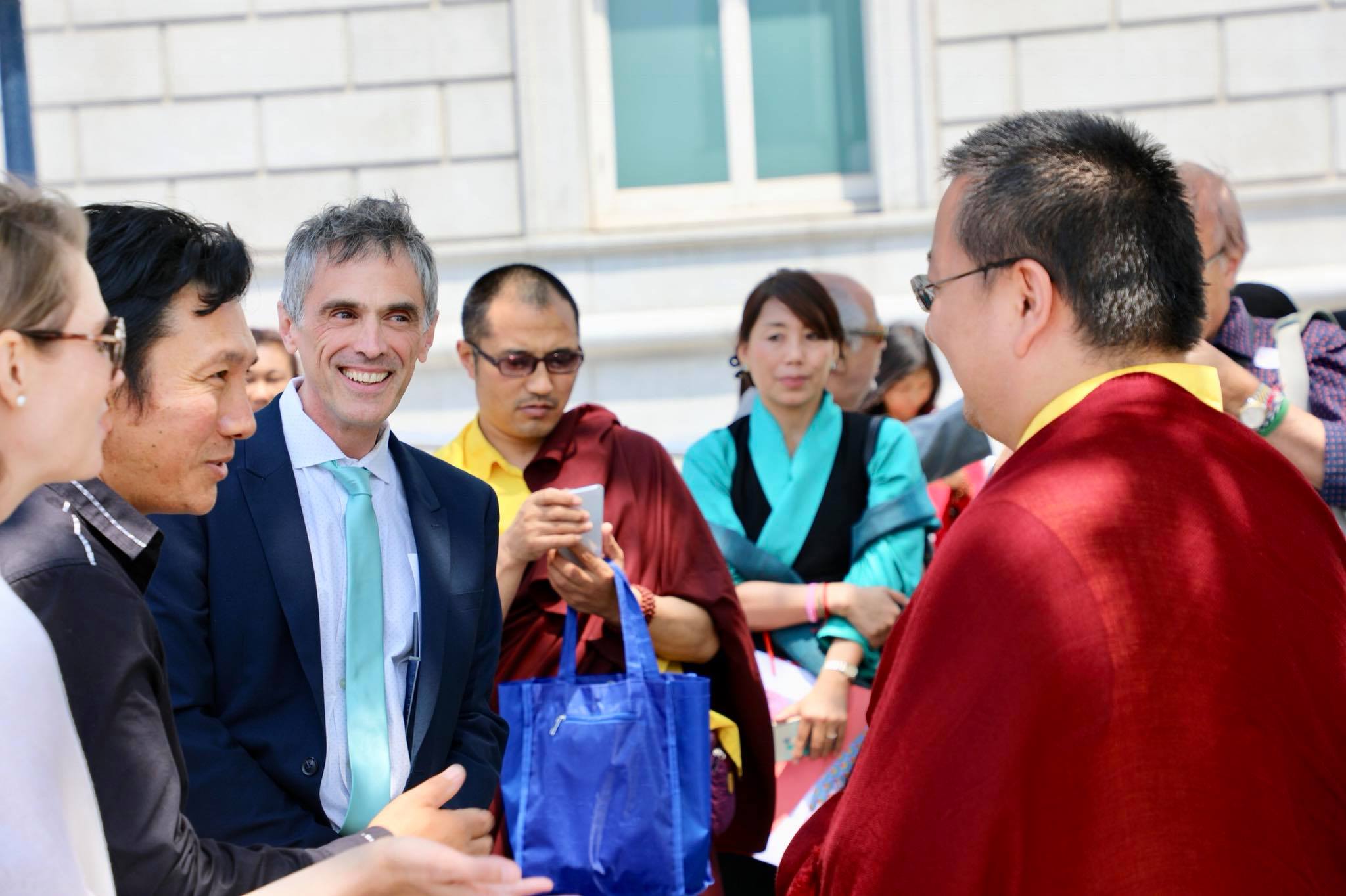
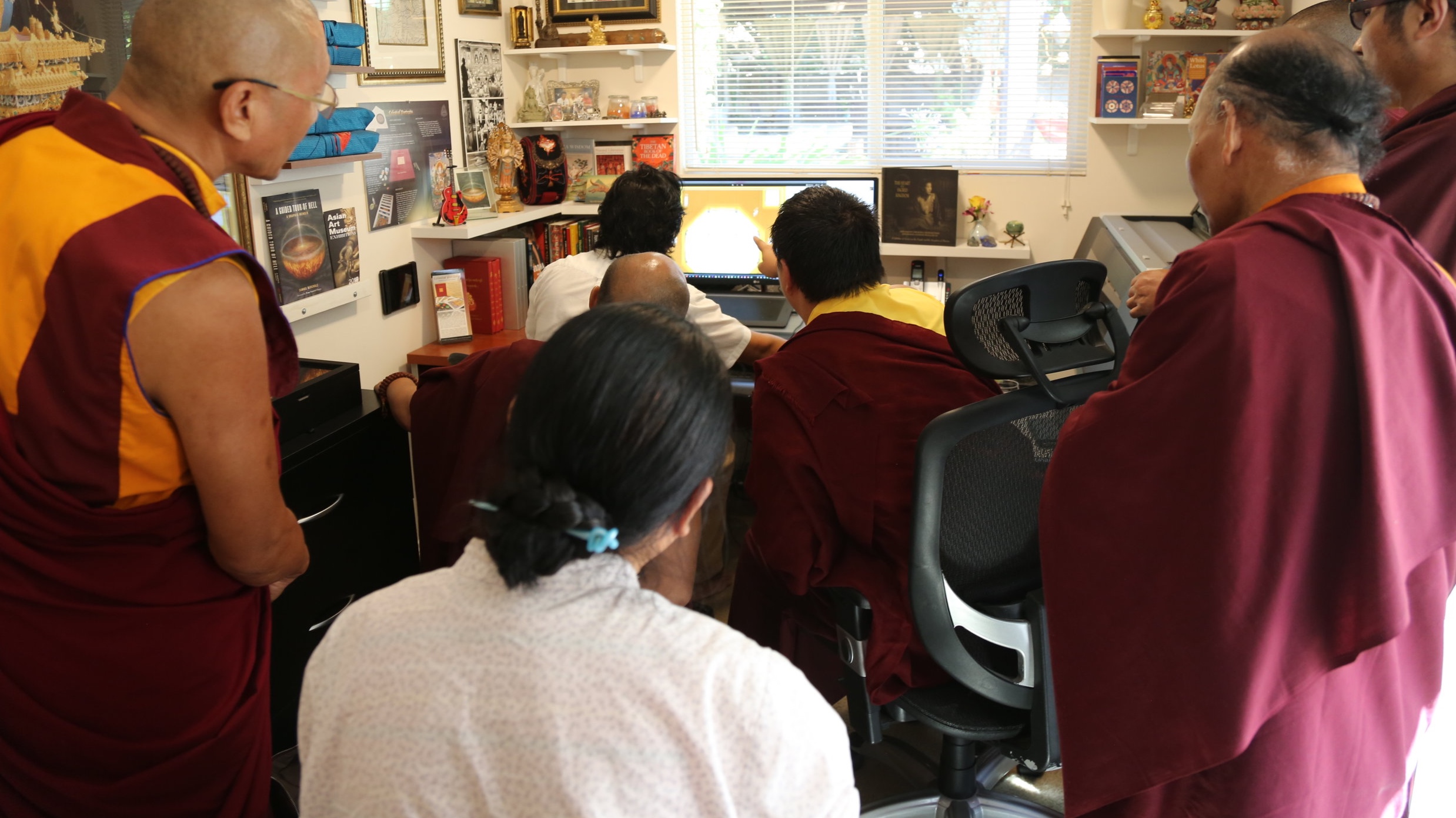
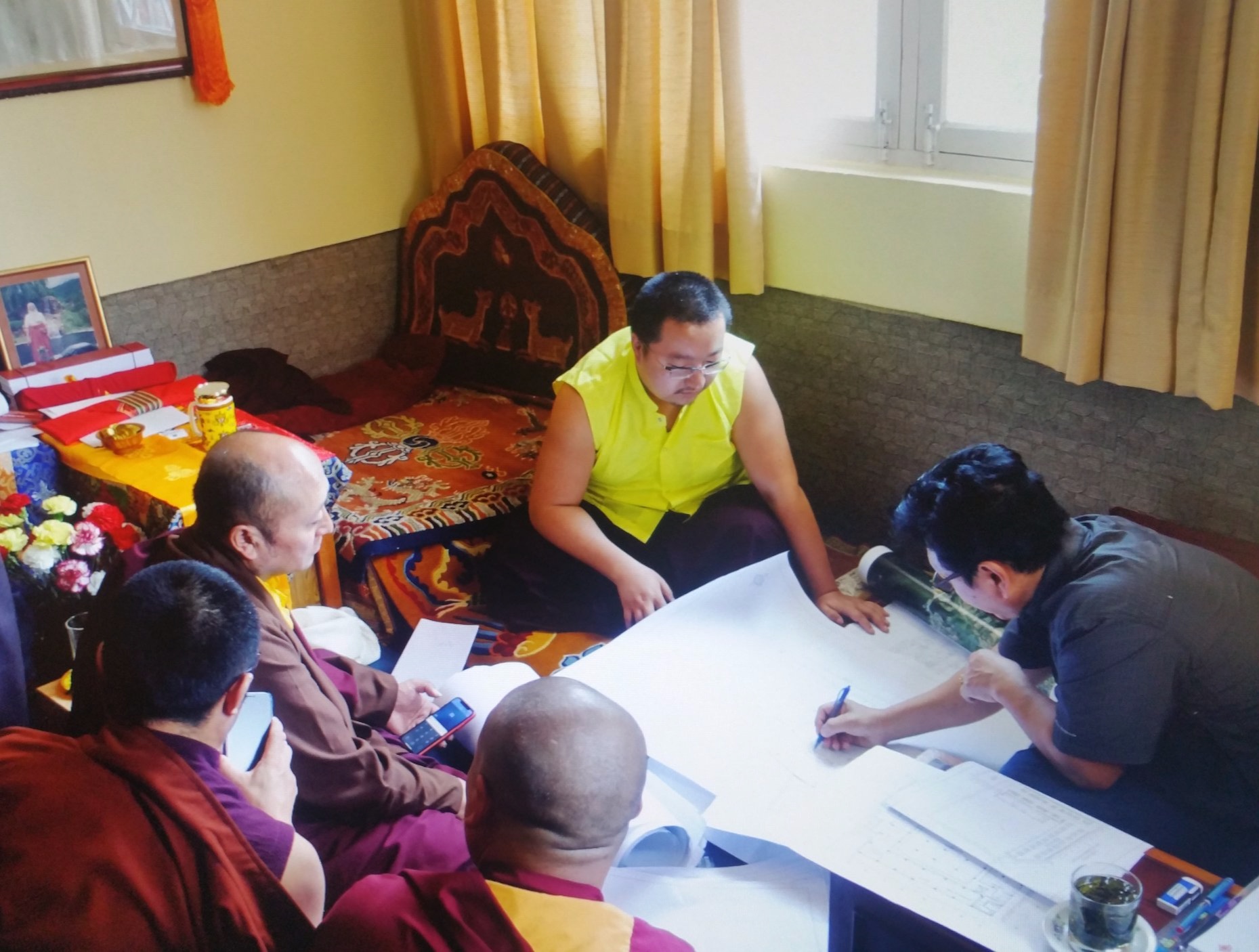
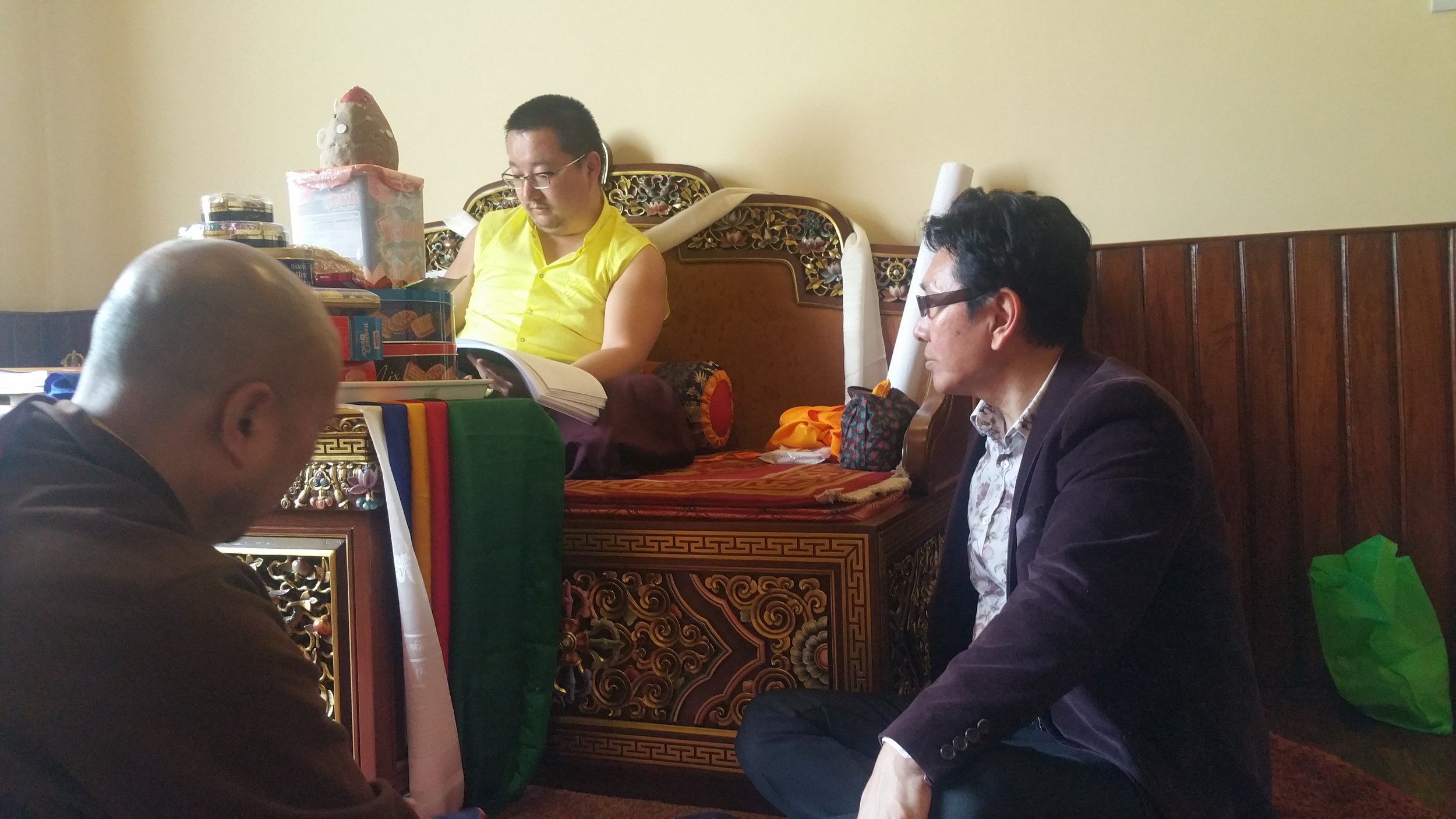
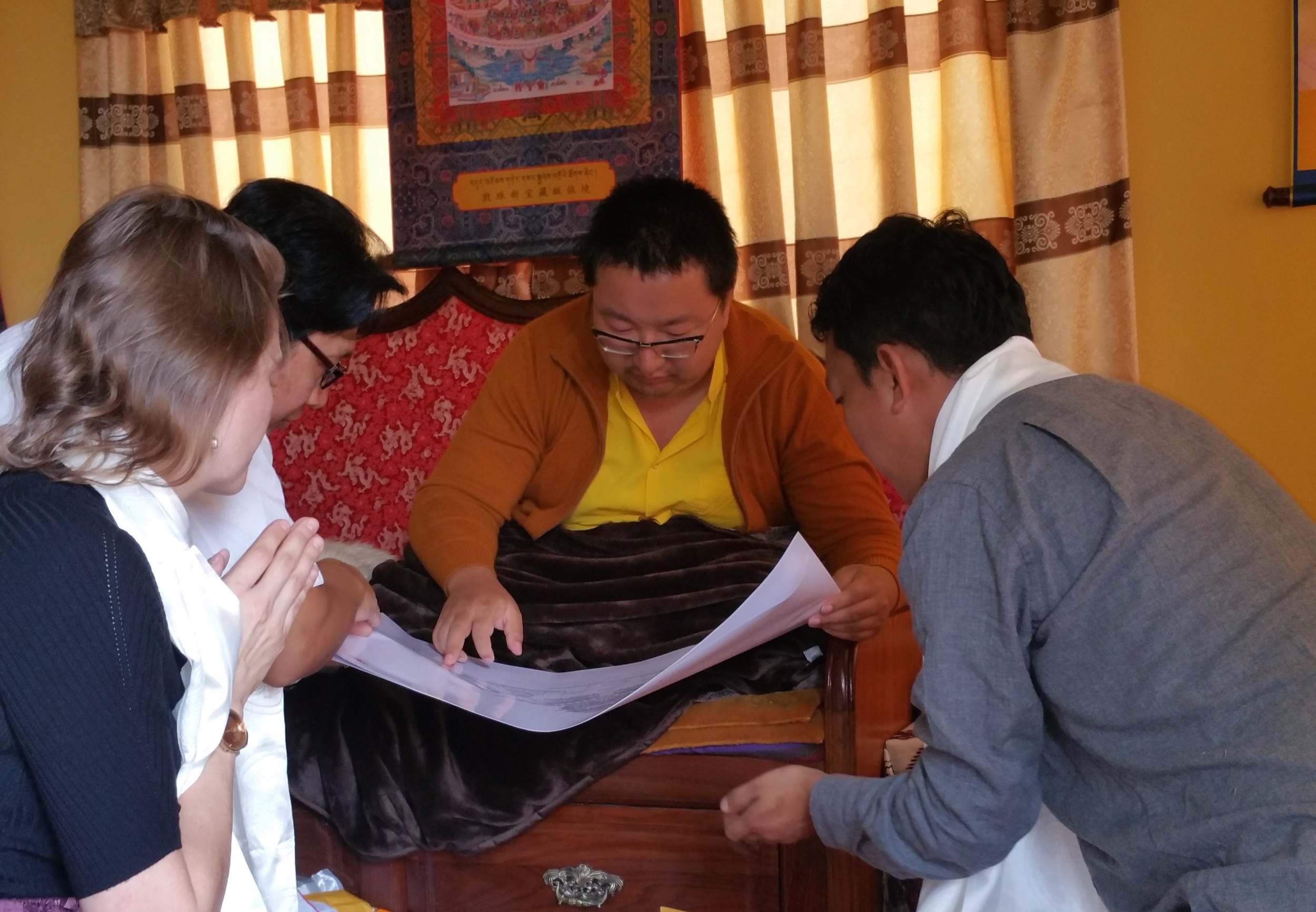
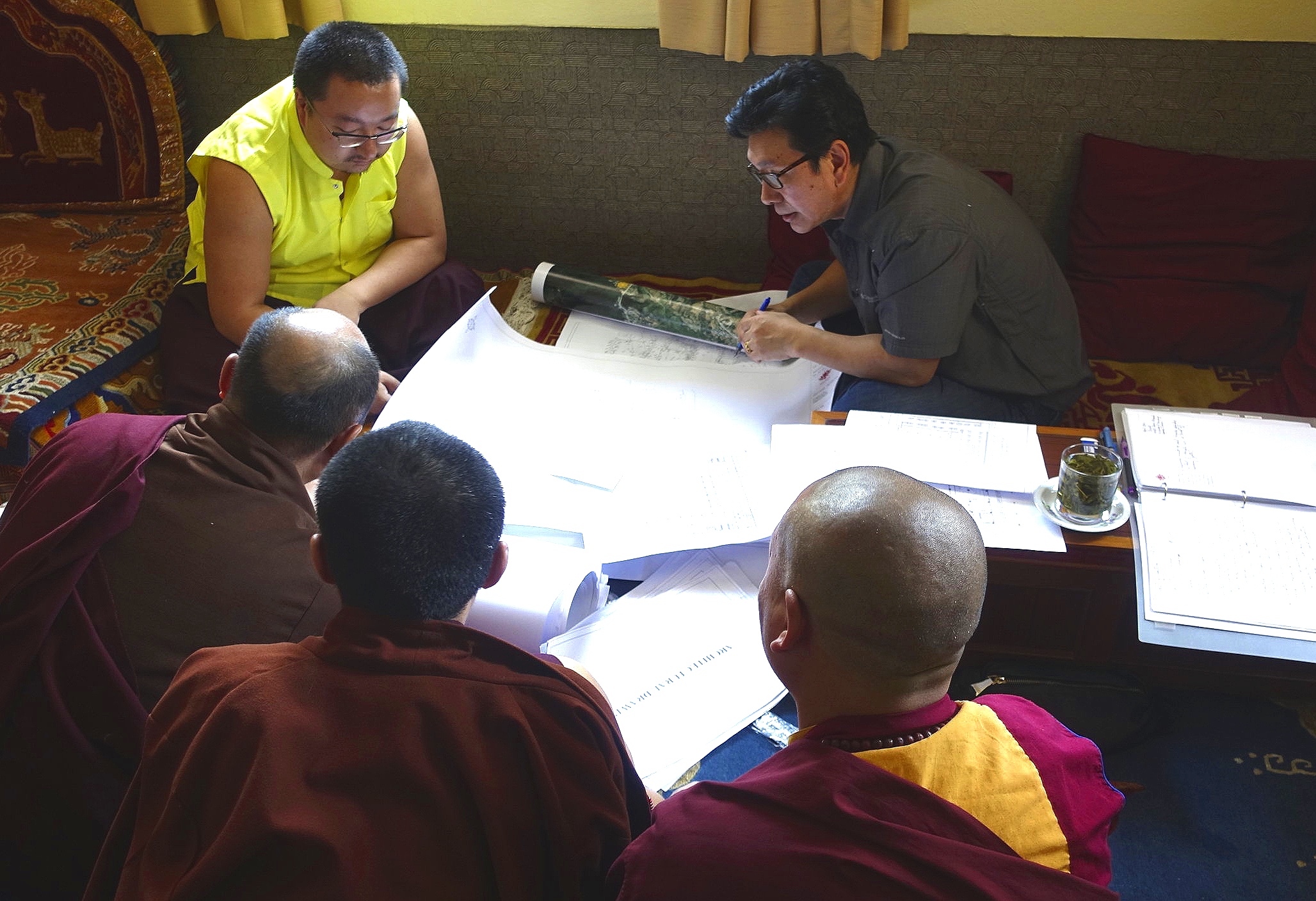

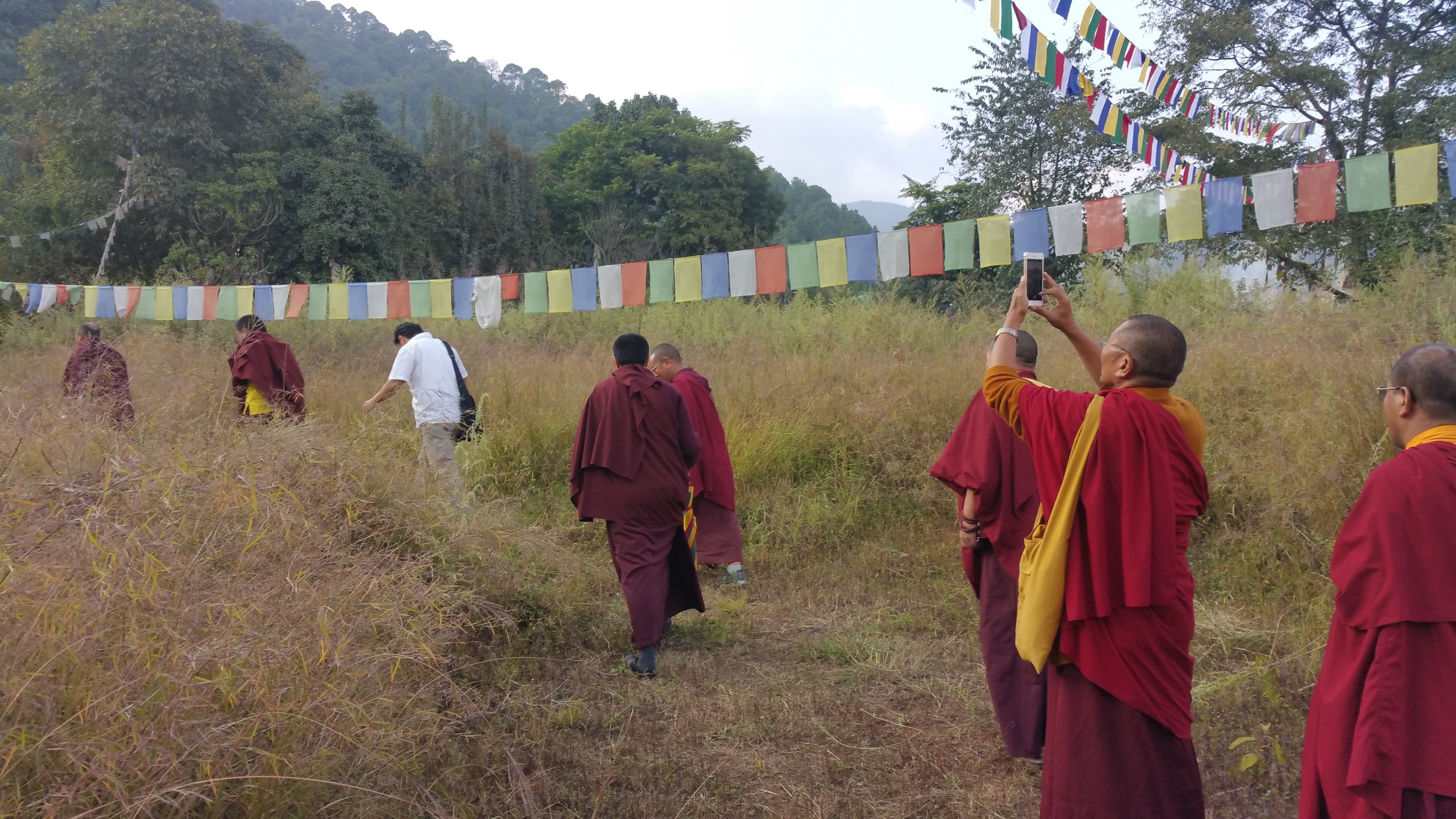
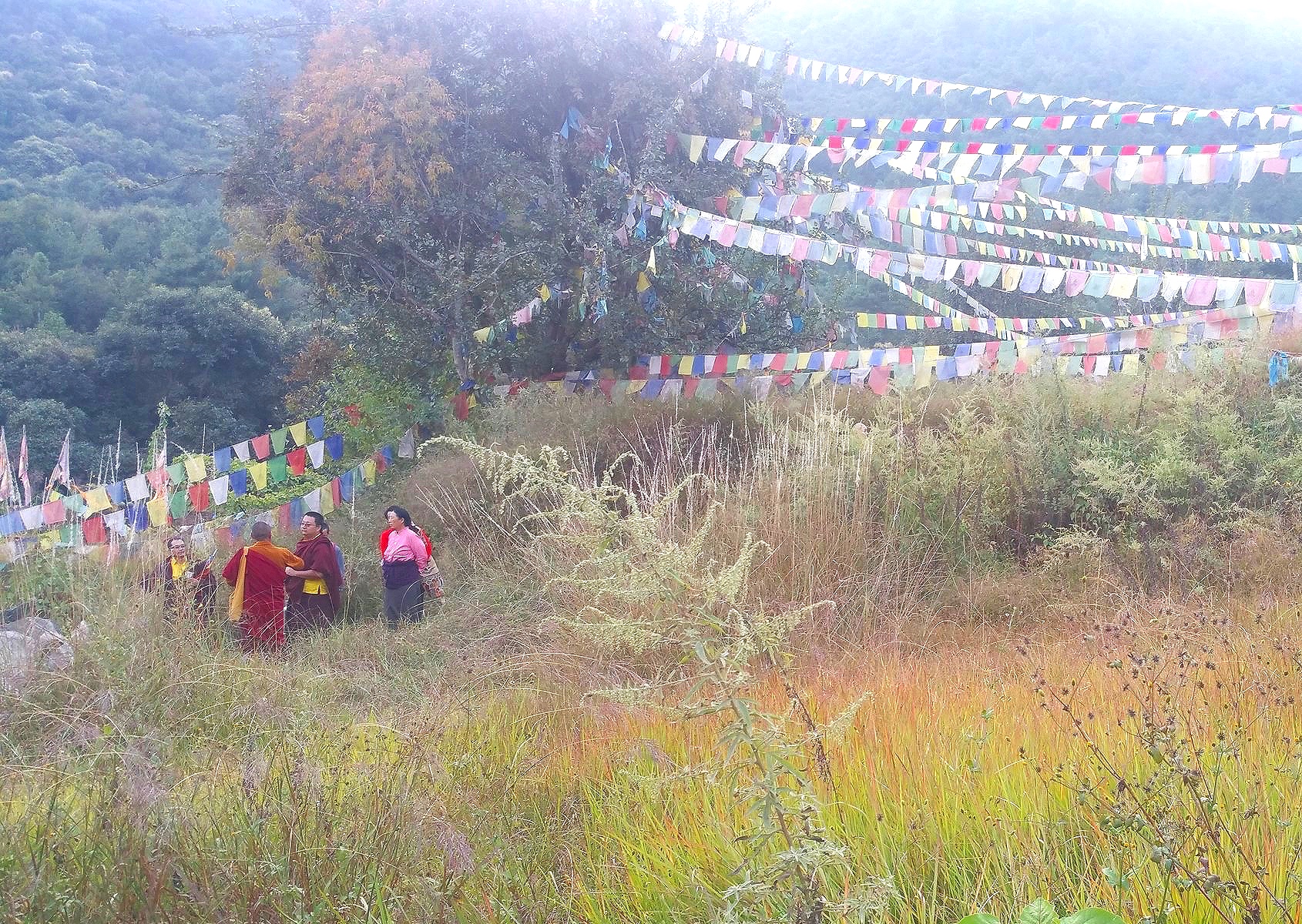
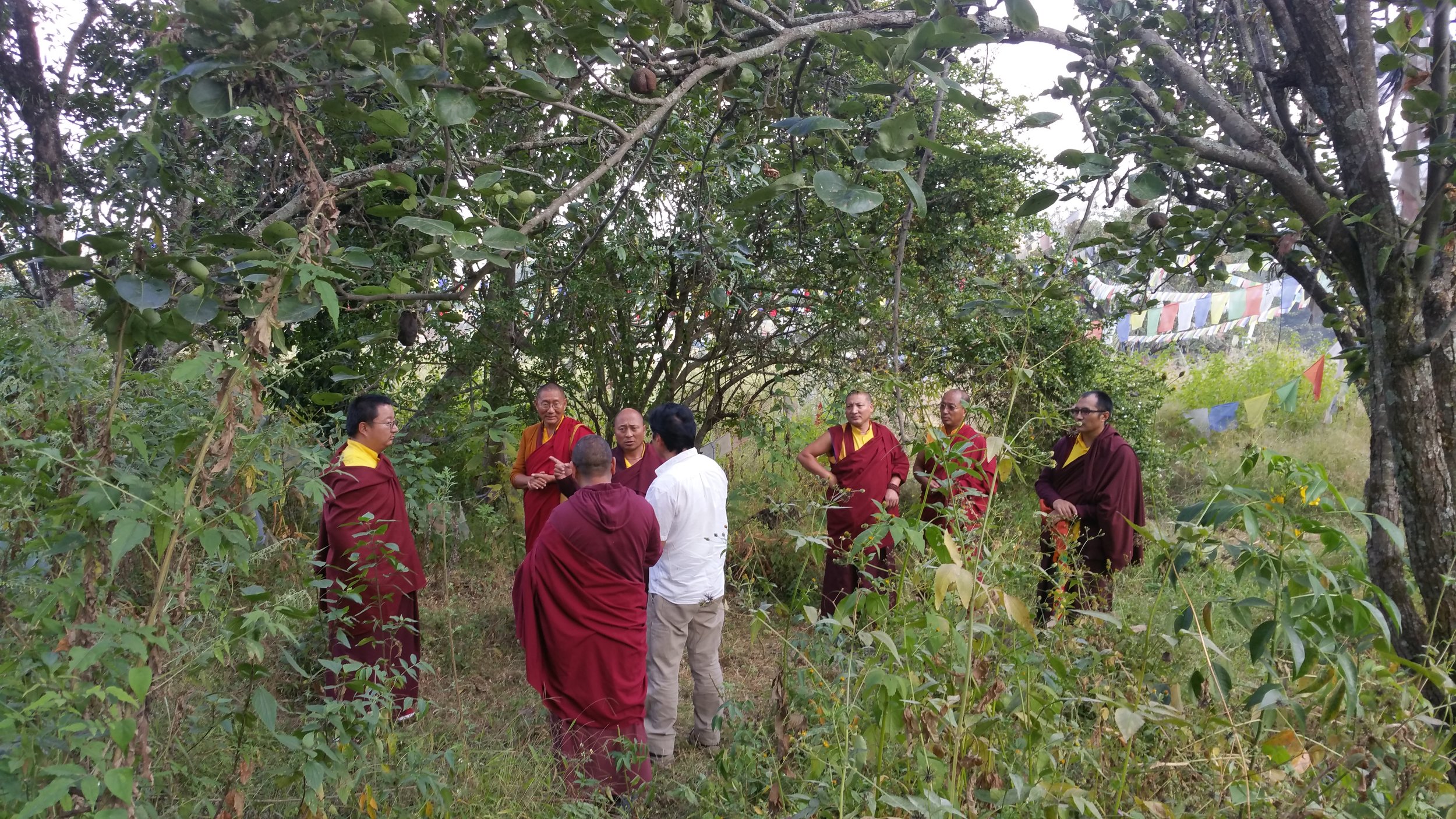
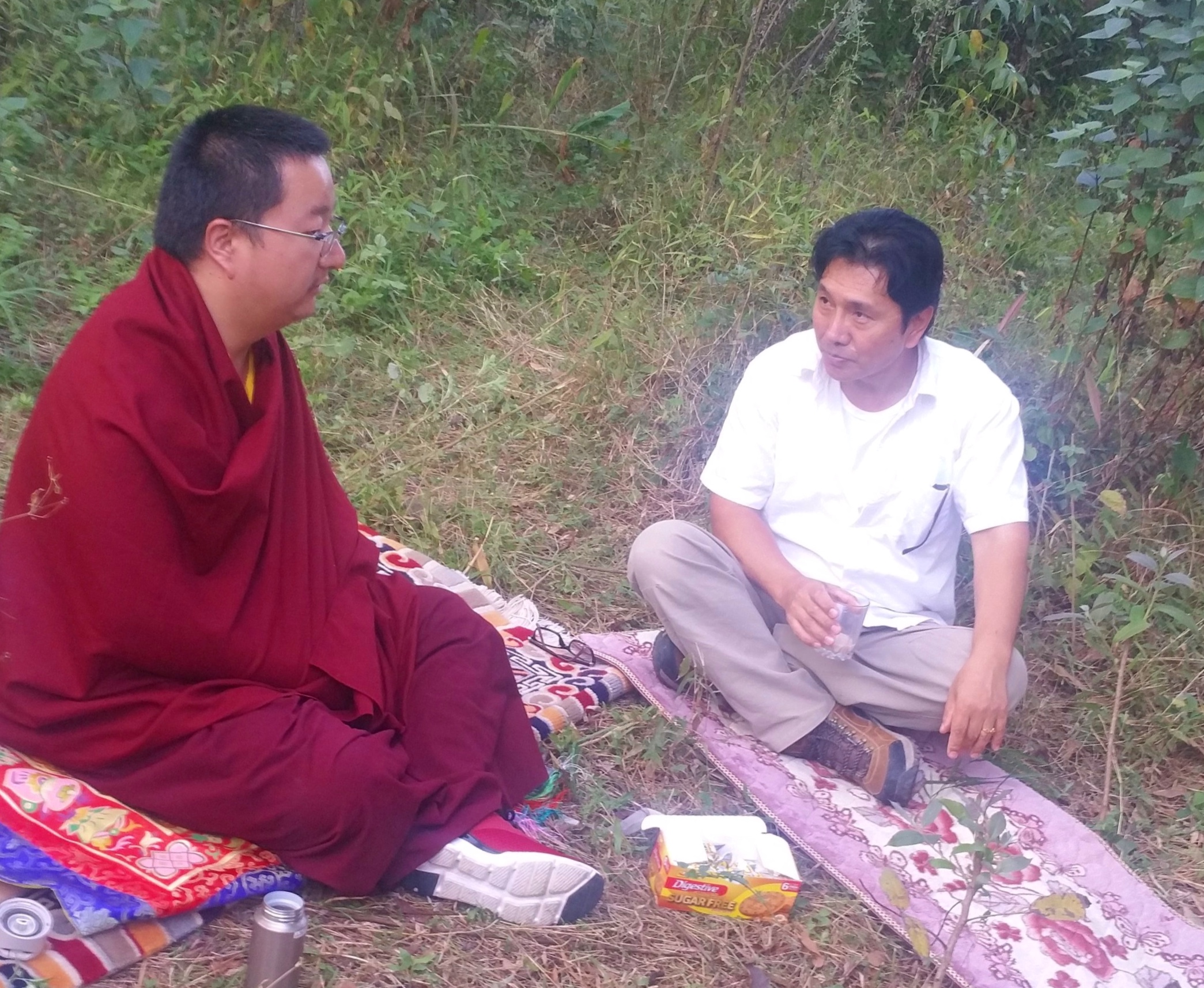

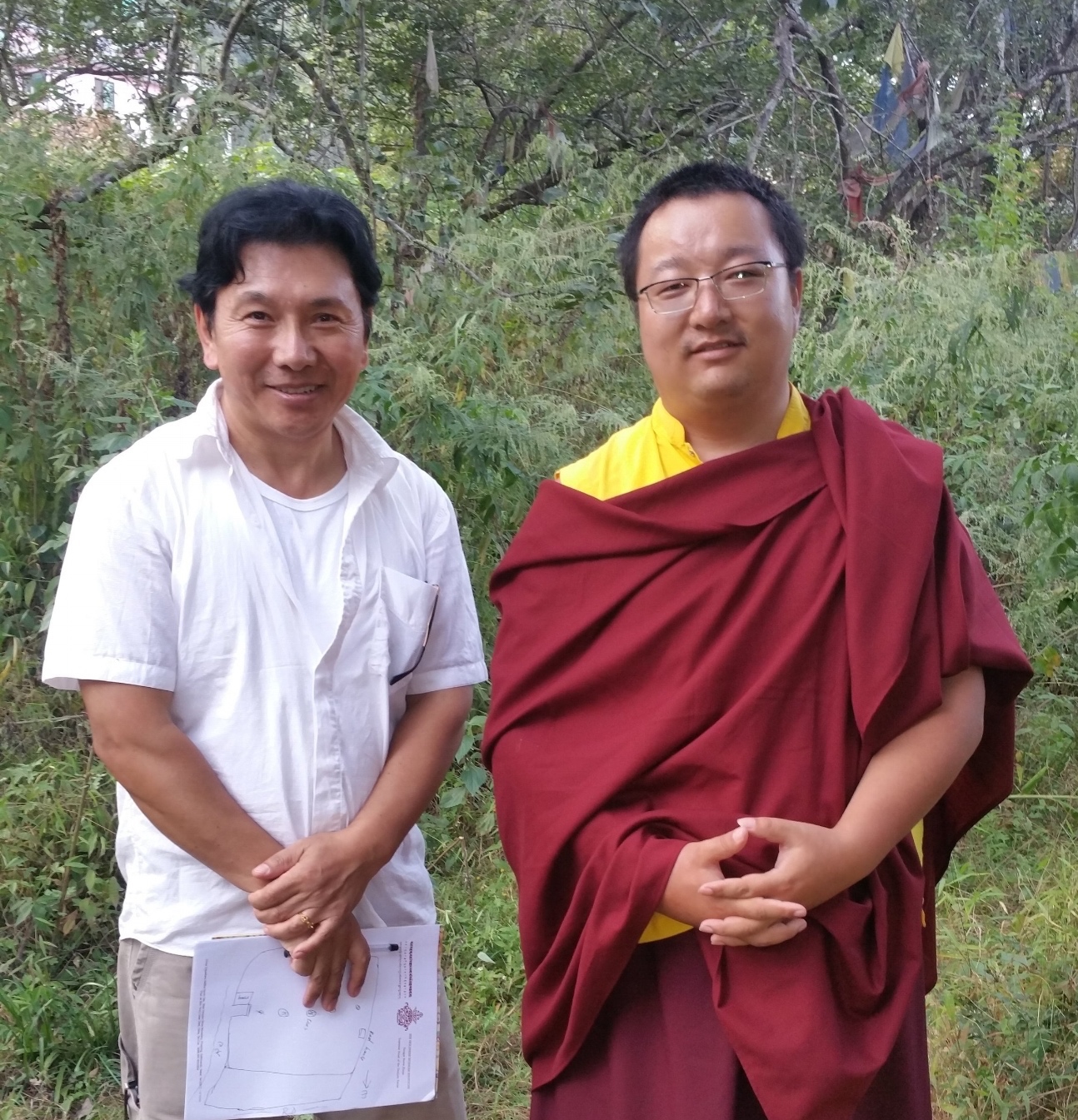
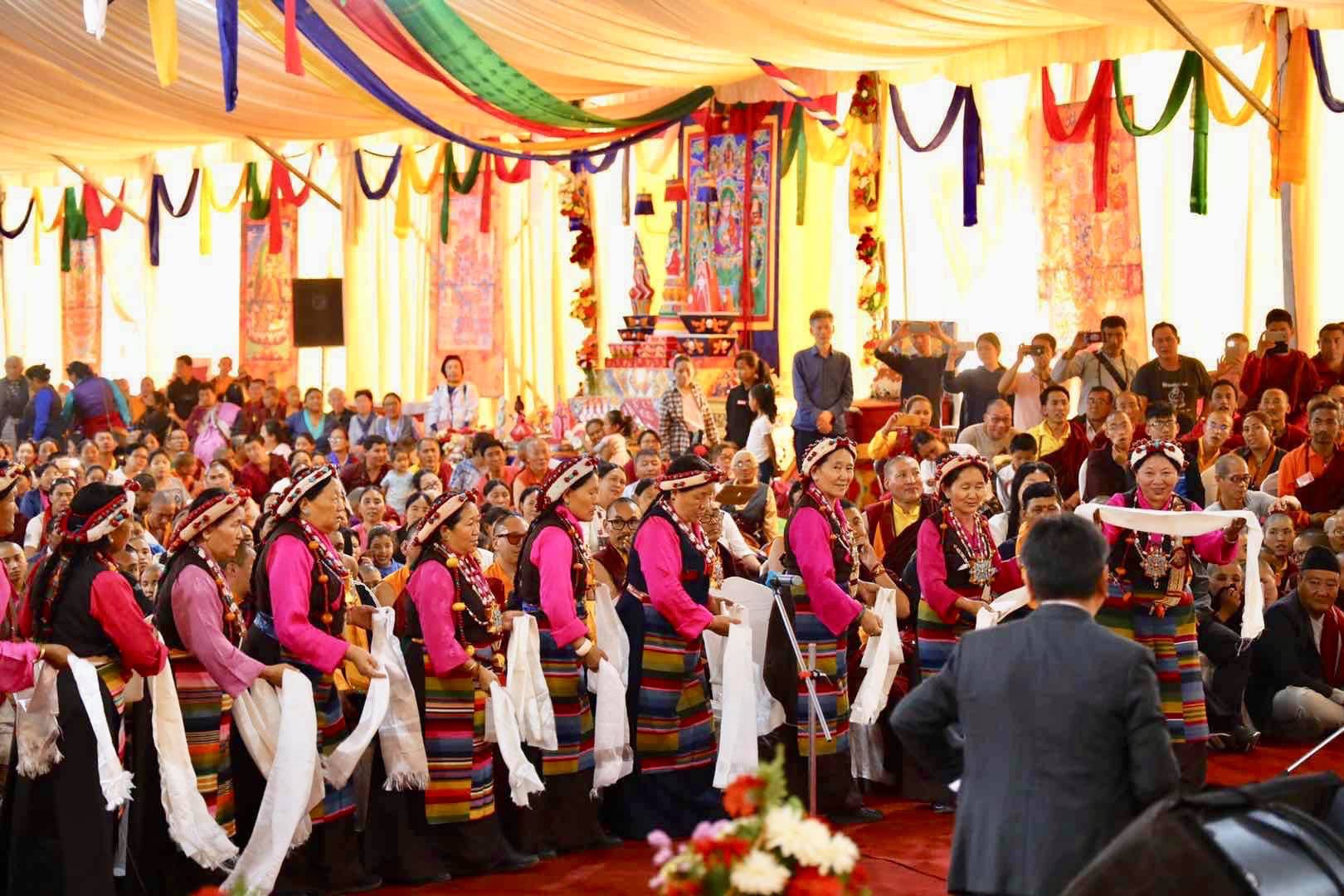

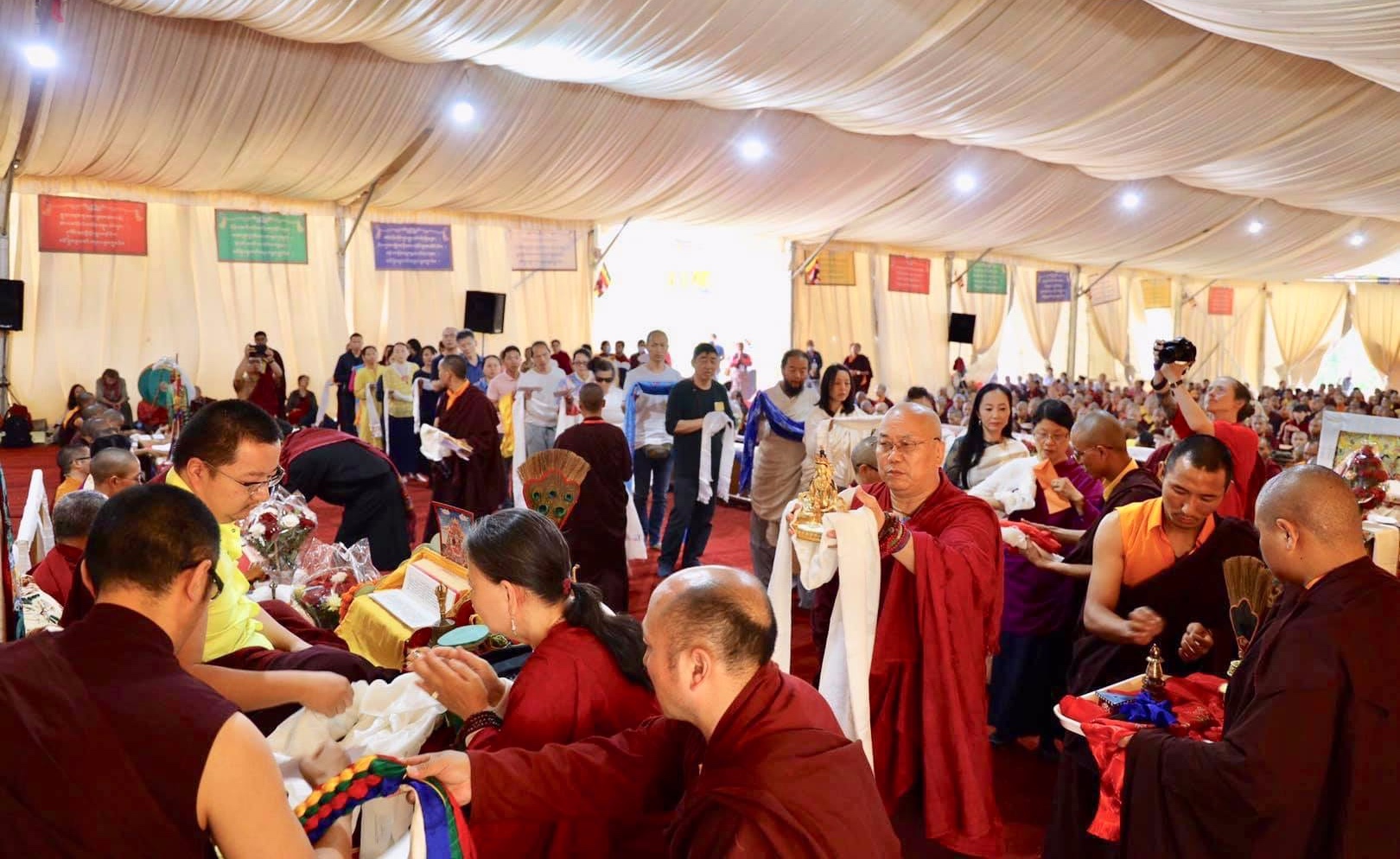
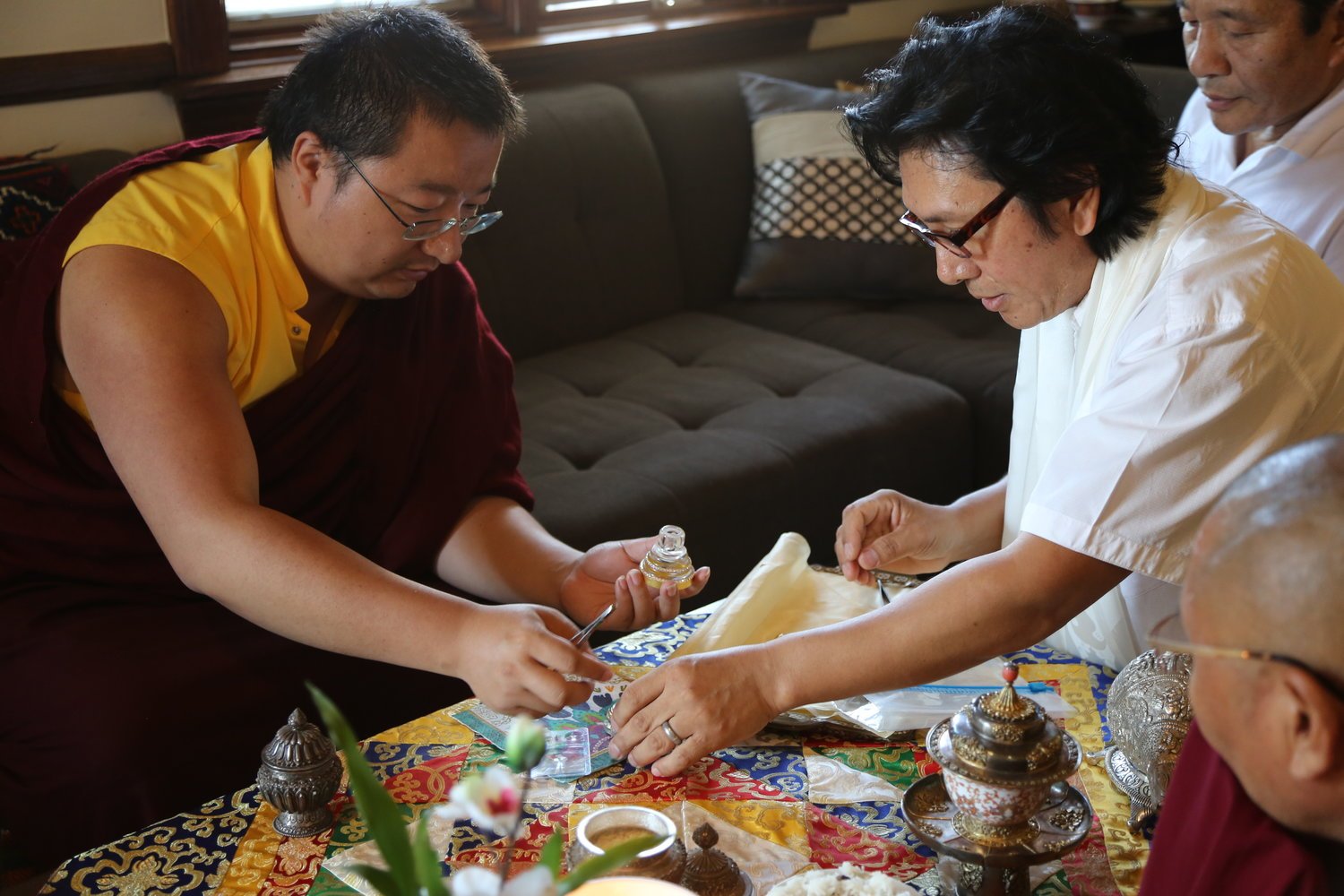

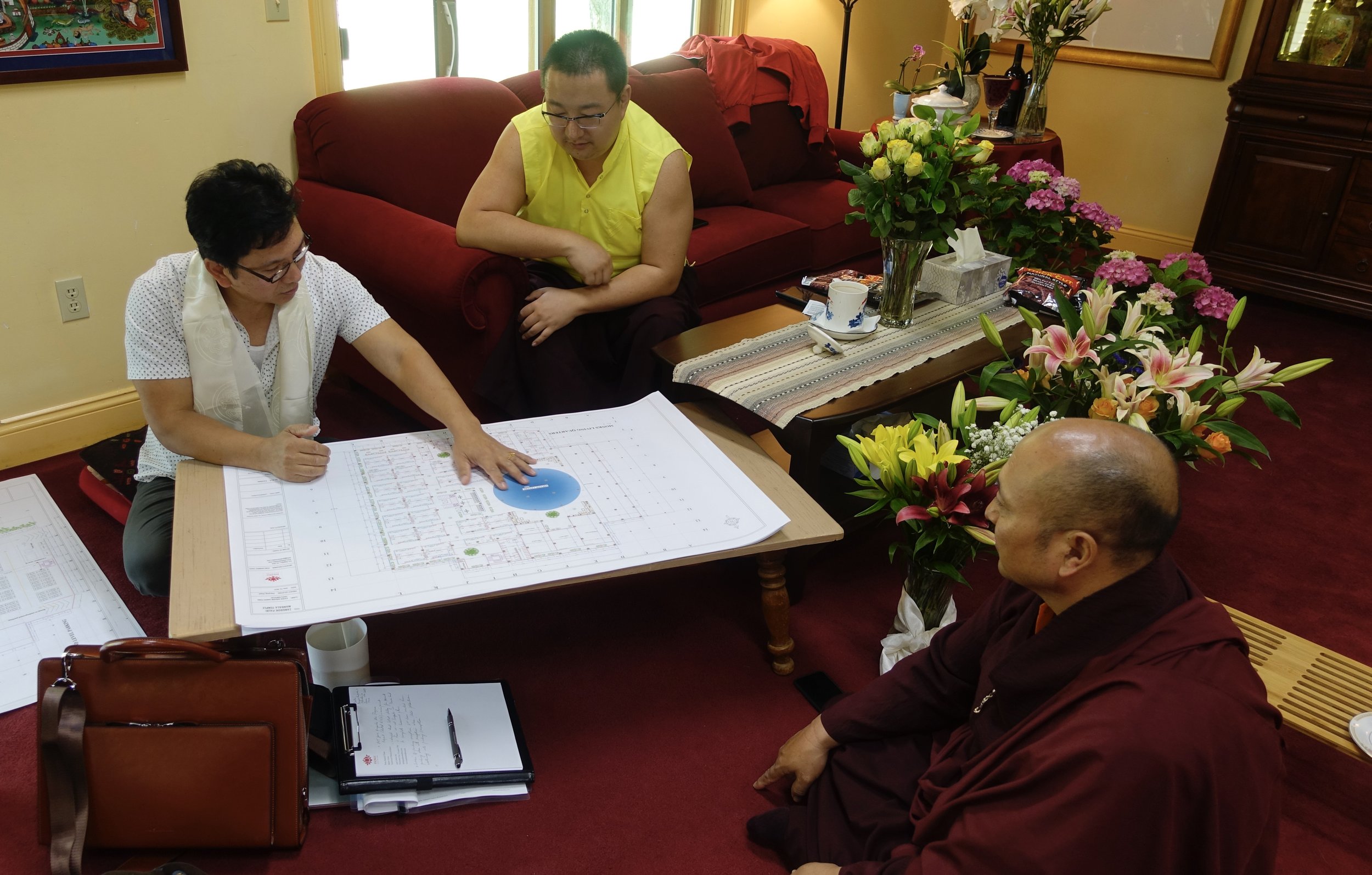
“...Pema Namdol’s obvious commitment to maintaining the traditional roots of this somewhat endangered art form is not only commendable but also essential if the tradition is to survive the modern era.”




